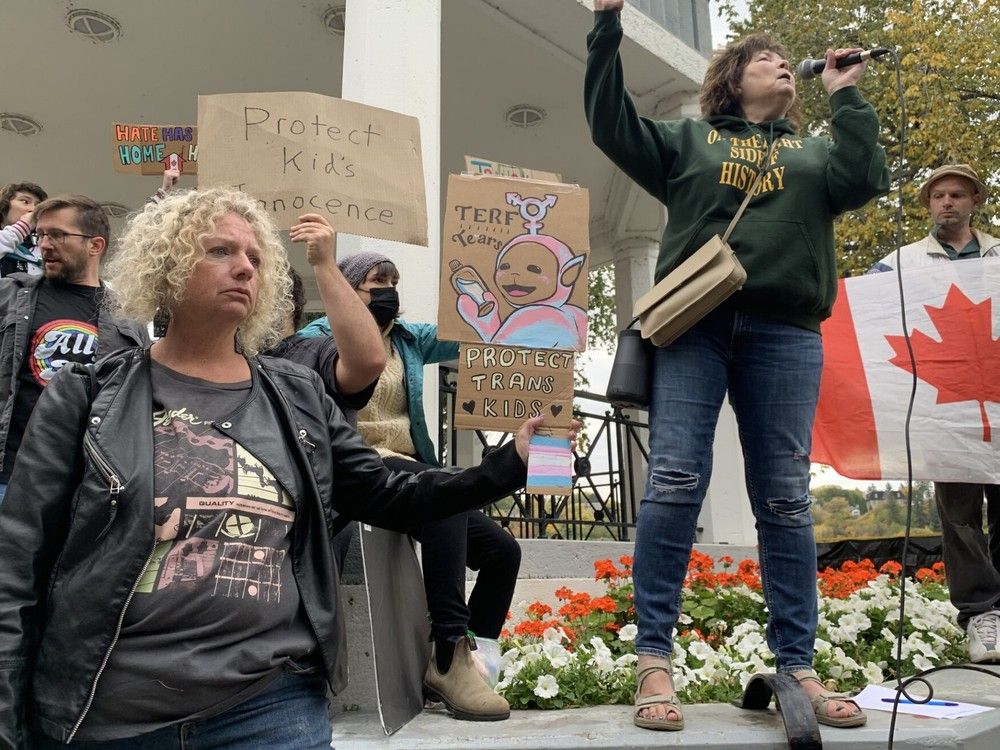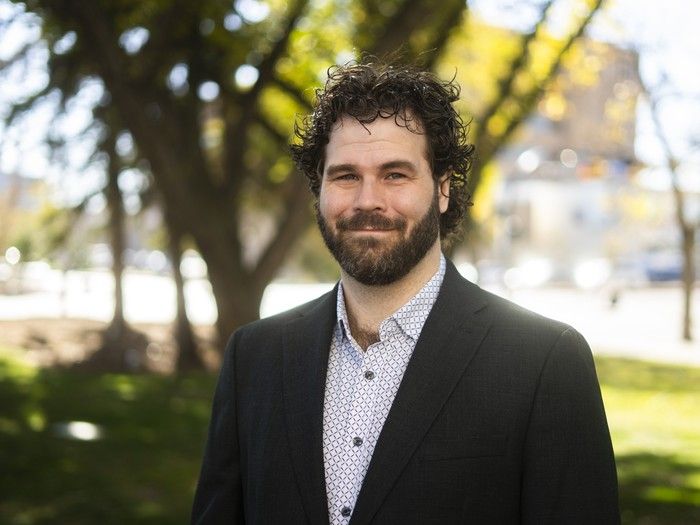Most Los Angeles County departments would be required to reduce spending by 3% under an austere budget proposal unveiled Monday by the chief executive officer. The $47.9 billion budget plan for the fiscal year that starts July 1 reflects “extraordinary budget pressures” facing the county, according to a statement from the CEO’s office.
Under the plan, the cuts total $88.9 million and include more than $50 million in savings from cutting supplies, delaying equipment purchases and reducing the scope of some programs. The proposal does not include any layoffs but calls for the elimination of 310 vacant positions.

“This is a different budget. It’s reflective of us being in tough times,” Supervisor Janice Hahn said in an interview. Some county departments will be exempt from the 3% cuts, county authorities said.
They are: the Sheriff's Department, Public Works, Regional Planning and Mental Health. The Correctional Health Services Department, which provides healthcare in the jails, is also exempt. Budget challenges The proposed budget comes in response to mounting financial pressures — including from the recent $4 billion tentative settlement of thousands of childhood sexual assault claims against the county by people who were abused inside Probation Department-run juvenile halls and other county-run facilities over decades.
If approved by the Board of Supervisors, it would be the largest sex abuse settlement in U.S. history.
L.A. County is expected to pay hundreds of millions of dollars a year until 2030 to cover the settlement, then millions more each year until 2050-51.
The Board of Supervisors is also expected to issue a bond and dip into its $1 billion rainy day fund to pay for the settlement. In addition, the county is facing the potential loss of hundreds of millions of dollars in federal funding under the Trump administration . Federal assistance makes up 13% of the county’s budget, and billions more flow into departments indirectly through the provision of health, mental health and substance abuse services to Medicaid beneficiaries and other programs, CEO Fesia Davenport said.
She noted the federal government already has notified the county Department of Public Health that more than $45 million in previously awarded COVD-19 grants intended to last through July of 2026 were being rescinded. The cuts are being challenged in court. The January wildfires also are expected to cost the county more than $1 billion, mostly from cleanup and lost property tax revenues.
Property tax revenues already were falling, Davenport said in a briefing to reporters. Property sales tax revenue is forecast to drop to 233.9 million in 2025-26, from $450 million in 2022-23, because of a 41% decline in home sales in L.
A. County since 2021. “We are in uncharted territory with these simultaneous pressures on our budget,” Davenport said.
Measure A funding Despite the constraints, the budget is committed to sustaining the county’s essential safety net responsibilities, officials said. The budget reflects the passage of Measure A — the voter-approved half-cent sales tax that replaced Measure H — which has already started to bring “an enhanced stream of funding” into the entire L.A.
region to address homelessness, the CEO said in a news release. The nearly $1.1 billion in projected Measure A revenues in this budget will be shared by the county's partners.
It is expected to be distributed as follows: The budget also calls for spending $287.7 million for Care First and Community Investment, reflecting the board’s commitment to set aside 10% of locally generated unrestricted revenues annually to support social programs designed to keep at-risk people from going to jail. The total Care First funding available for investment in communities and alternatives to incarceration is $571.
6 million, including one-time unspent funds from previous years, according to the county. In addition, the budget calls for adding six psychiatric mobile response teams to the 72 already in place. The teams provide non-law-enforcement-based mobile crisis response for people experiencing psychiatric emergencies.
“We’re still taking care of the safety net obligations that a county has,” Hahn said. “We’re still in good shape.” Pressed about what services would be cut as a result of the 3% reduction in spending, the supervisor said she is confident departments would “get creative.
” “I think they’re going to do everything they can to not curtail services ...
maybe they’ll just postpone certain things or defer certain things,” she said. The proposed budget includes nearly $12 million to ramp up Measure G — the voter approved measure to expand the Board of Supervisors from five to nine members, create a countywide elected mayor position, and create a county Ethics Commission. The budget also allocates funding for the Governance Reform Task Force that will guide Measure G efforts.
What’s next? Davenport, the county CEO, presents her budget to the Board of Supervisors Tuesday. You can watch it live here . Public hearings on the budget will happen in May.
.
Politics

LA County budget proposal reflects wildfire effects, landmark sex abuse settlement, federal funding losses

The $47.9 billion budget plan for the fiscal year that starts July 1 reflects “extraordinary budget pressures” facing the county, according to a statement from the CEO’s office.















